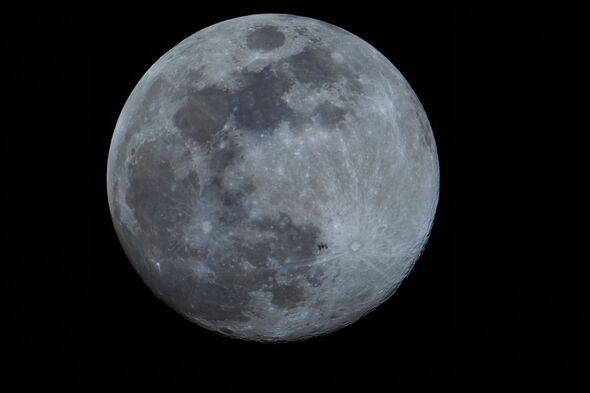NASA has officially announced that Earth will temporarily gain a new celestial companion, known as a “quasi-moon.” The discovery was made by researchers at the University of Hawaii, who identified the object, designated as 2025 PN7, at the Pan-STARRS observatory last month. This asteroid has been orbiting the Sun on a similar trajectory to Earth since the 1960s.
The quasi-moon is not a true moon; it measures between 18 and 36 meters in width, roughly the size of a small building. Despite its diminutive stature, it has been classified as a temporary neighbor to our planet. The closest it has approached Earth is approximately 4 million kilometers, which is about ten times the distance to the Moon. The farthest it has been while remaining in orbit is around 17 million kilometers. Notably, scientists have confirmed that 2025 PN7 poses no threat to Earth.
Discovery and Characteristics of 2025 PN7
Initially, astronomers struggled to identify the quasi-moon. The object was first detected during a routine telescope survey earlier this year, where it appeared as a mere speck in the sky. Once researchers realized that this speck was following a path nearly identical to that of Earth around the Sun, they understood its significance.
Astronomy enthusiasts hoping to catch a glimpse of 2025 PN7 may face challenges, as it is only visible through high-quality telescopes. The University of Hawaii’s experts noted that locating the quasi-moon proved difficult, suggesting that only those with access to advanced equipment will be able to observe it.
The quasi-moon has been in Earth’s vicinity for decades, but it is expected to drift away into open space by 2038. This limited timeframe adds urgency for astronomers and space enthusiasts to study this unique object.
Understanding Quasi-Moons and Their Significance
The discovery of 2025 PN7 adds to a small but growing list of known quasi-moons. To date, astronomers have confirmed the existence of only eight such celestial bodies, each contributing valuable insights into how Earth’s gravity influences its surroundings. The concept of quasi-moons has been recognized since the discovery of 1991 VG, which sparked initial speculation about extraterrestrial life.
In a statement, researchers emphasized that over three decades later, it is now widely accepted that these objects are natural phenomena. They are considered part of a secondary asteroid belt located in the region where the Earth-Moon system orbits the Sun.
Last year, a different type of celestial visitor, referred to as a “mini-moon,” was noted for its close approach to Earth. The rock, designated 2024 PT5, entered Earth’s orbit for a brief period between September and November and was classified as a near-Earth object. Unlike quasi-moons, mini-moons are temporary visitors and do not have a stable orbit around Earth.
The ongoing study of these celestial companions not only enhances our understanding of space but also underscores the dynamic nature of our solar system. As 2025 PN7 continues its journey alongside Earth, scientists are keenly observing to glean further knowledge from this rare encounter.





































































